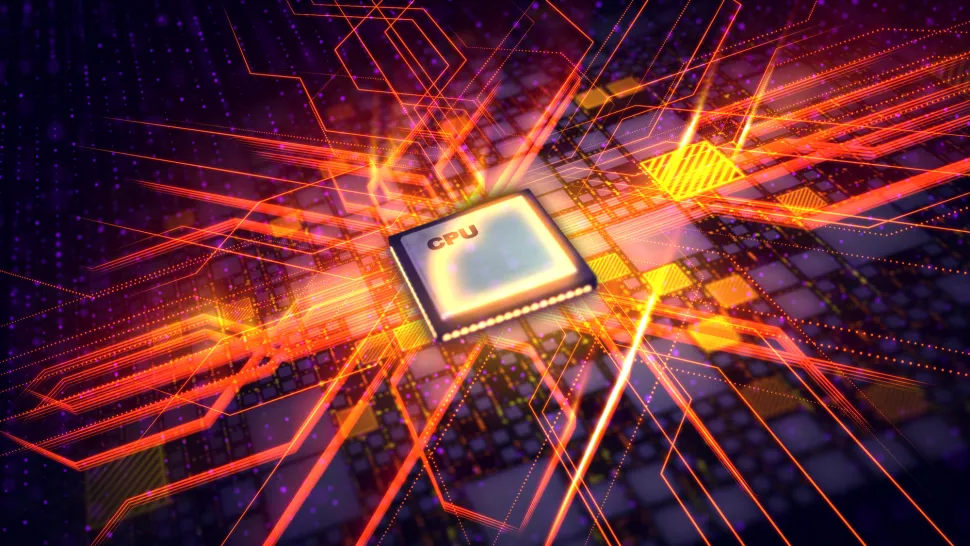Intel's Raptor Lake CPUs May Consume Up To 25% Less Power

An Intel patent (courtesy of Underfox) explains the concept of the Digital Linear Voltage Regulator (D-LVR) and the power-saving benefits that it can bring to the chipmaker's future processors, such as Raptor Lake.
As quick introduction, Raptor Lake will be the successor to Intel's current 12th Generation Alder Lake lineup that houses some of the best CPUs on the market. Intel has already confirmed that Raptor Lake is compatible with existing Intel 600-series motherboards, and thus, drops into the same LGA1700 socket. An alleged Intel roadmap claims that Raptor Lake may feature a new hybrid system to deliver better performance. But what really caught our eyes was the mention of a D-LVR power delivery system, which would likely help improve power efficiency. Thanks to Underfox's discovery, we now know exactly what D-LVR is about.
The patent, titled "Digital Linear Regulator Clamping Method and Apparatus," dates back to January 2020, which was when Intel filed it. However, the document recently came to light in July 2021. According to the abstract, D-LVR essentially serves as a voltage clamp that's situated in parallel to the primary VR (voltage regulator) - in our case, the motherboard VR. What this does is reduce the CPU VID and processor core power consumption. The implementation of D-LVR also aims to increase CPU performance. Intel believes that D-LVR is cheap to implement, and that the extra cost for the silicon itself and for the motherboard VR is very small.
Intel provided a couple of charts in the document to illustrate the level of energy efficiency that D-LVR can bring to the table. With the DLVR acting as a voltage clamp, there's a possibility to decrease the CPU voltage Vin by up to 160 mV. The chipmaker estimated a reduction in power consumption between 20% to 25%.
A processor. which is running a certain application, rarely demands more than 40A. The motherboard VR regulates the voltage at 1.27V, while the D-LVR power gates (PG1, PG2, PGn) clamp the CPU Vin at 1.05V, approximately 50 mV higher than the actual minimum CPU voltage. If the CPU current is below 40A, the D-LVR power gates remained off.
Once the CPU current consumption exceeds 40A, some of the D-LVR power gates activate to supply the additional current to the Vin. For example, at 45A, the motherboard VR sends 40A, while the D-LVR power gates administers the extra 5A. The D-LVR power gates consume very little energy, assuming that the duration and duty cycle above 40A is short. With Intel's example, we can expect a 21% decrease in CPU power, which translates to roughly to a 7% performance uplift.
Intel has finally managed to beat AMD's Zen 3 army with Alder Lake. However, speed is one thing and power efficiency is another. Despite Alder Lake being faster, Zen 3-based Ryzen chips are still more power-efficient. Perhaps, Raptor Lake could build on Alder Lake's strong suit, while also improving its weak points.
Raptor Lake may arrive in 2022. The leaked slide only showed the mobile variants with the D-LVR implementation, though. Other rumored features on the mobile chips that we can look forward to include LPDDR5X support, while the desktop variants should arrive with an improve CPU cache system for gaming and a new Intel vPro featureset.
